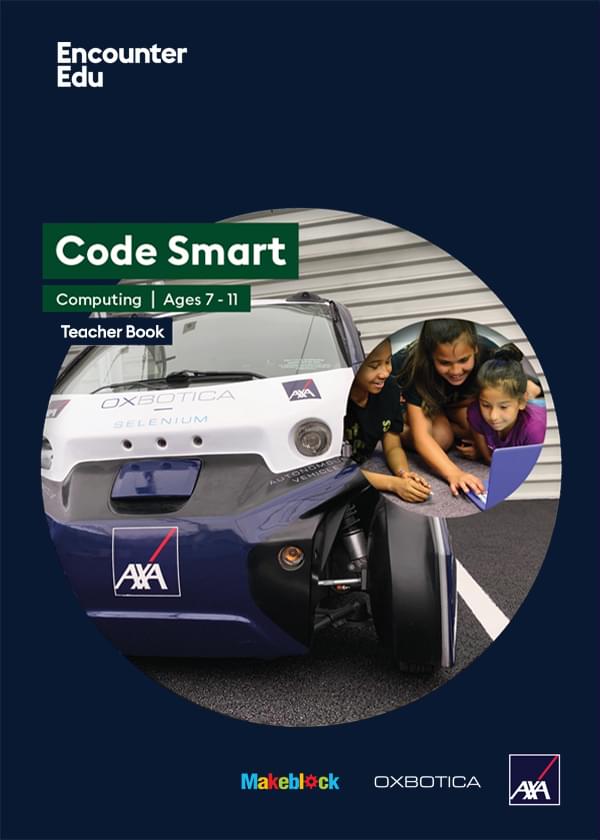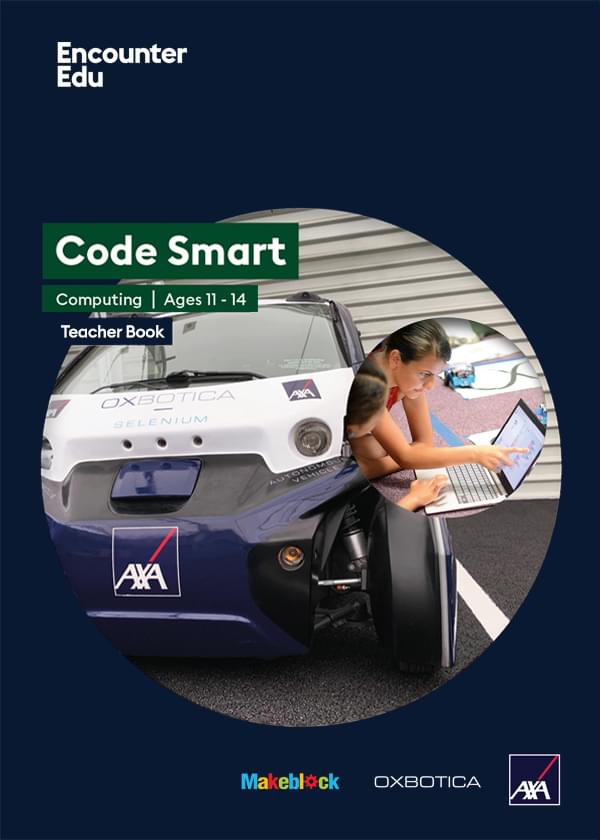How to teach futures thinking
What is Futures Thinking?
Futures Thinking is a cross-disciplinary approach to considering potential futures through the exploration of trends and drivers for change that may lead to different future scenarios. This includes evaluating what scenarios are possible, probable and preferable futures. This is not about predicting the future, but rather critically considering the future, so that we can better make decisions and take actions in the present.
Futures Thinking enables you to consider the major changes in the next 5, 10, 20 or more years in all areas of life, including social interaction, education and technology. While the future cannot be reliably predicted, we can critically consider the future, so that we, as individuals and groups, can be more deliberate with actions, decisions and policies that may help promote desirable futures and help prevent undesirable ones.
Why is it important?
It is especially important that everyone consider the future to offset short-term thinking often driven by short-term gains, such as profits or re-election, and to ensure that there is diverse input shaping a future that is preferable to all people. Futures Thinking has been applied to the technology and policy sectors such as energy, environment and transport. However, other sectors, such as education, have been less challenged or only recently challenged. The OECD has been leading the way on Futures Thinking about education, so that rapidly transforming societies are able to prepare the youth of today for the challenges of tomorrow. More information on this can be found on the OECD website. Only by considering the future can we deliberately help shape it.
Futures Thinking in your classroom
Futures Thinking is not limited to policy makers and corporate executives. It can apply to all areas of life and be done by anyone. Thus, we encourage you to engage in Futures Thinking with your classroom. In order to engage with Futures Thinking, there are a few things that you must consider:
- Existing situation – What is happening now and why? Who benefits and who loses?
- Trends – How does the existing situation compare to the past? Are there patterns in the changes?
- Drivers – What is causing the changes? The causes might be specific community perceptions, beliefs, values or attitudes. It might be that other changes have caused ripple effects, such as demographic changes, environmental damage, developments in science and technology or changes in political policy
- Possible futures – What might happen in the future?
- Probable futures – What is most likely to happen in the future? Which trends and drivers are likely to persist?
- Preferable futures – What do you want to happen in the future? Why? Who benefits and who loses?
You can incorporate these questions into discussions, journal entries, research projects and presentations.
Classroom tips
- To structure Futures Thinking discussions, it is often helpful to choose one sector or topic, like what transportation might be like in the future.
- Establish a couple of discussion rules with your students that will allow your students to share openly and critically discuss without making disagreements personal. It is often helpful to remind students that all ideas are worth considering and that the purpose of this process is to consider which ideas are possible, which are probable, and which are preferable. All of history’s greatest thinkers have had both ‘good’ and ‘bad’ ideas.
- Encourage students to consider multiple perspectives. Students should consider their personal perspectives and be prepared to share with each other. Draw in outside perspective using articles, videos, or even communications with people outside of the classroom. This is an opportunity to incorporate research using secondary resources, and even opportunity to do primary research through chats with other classes for example.
- Consider the questions from different levels: individual, local, national, and global. If something is good for the individual, is it automatically good for everyone in the world (or even the Earth itself)?

Computing | Ages 7-11
Code Smart
Code Smart is a computing and robotics education programme based on driverless car technologies. Code Smart takes students on a journey from complete beginners to code creators.
